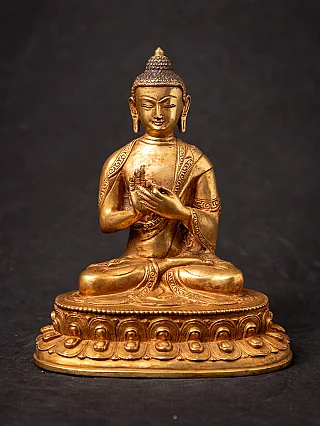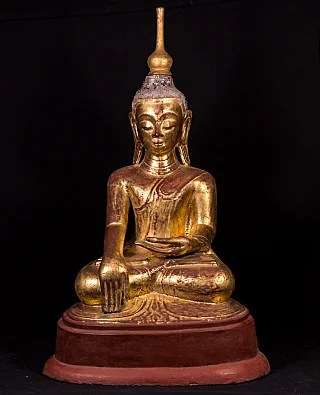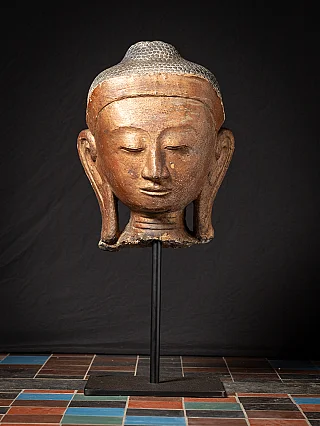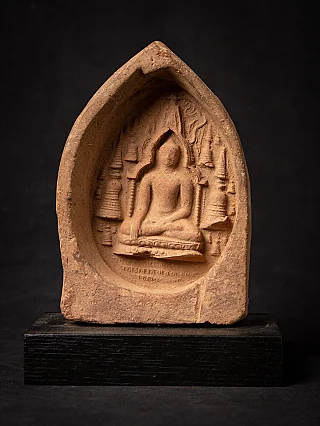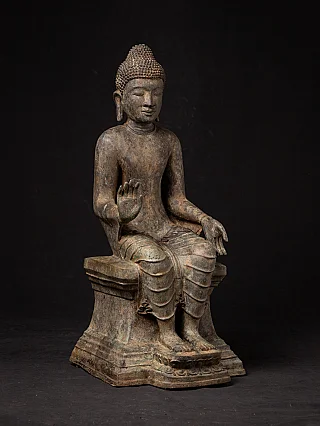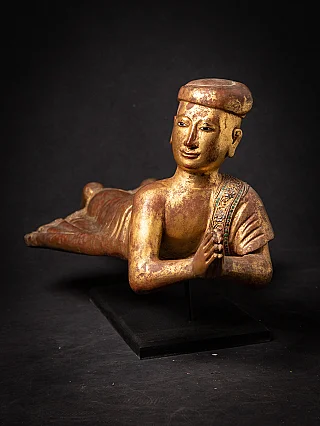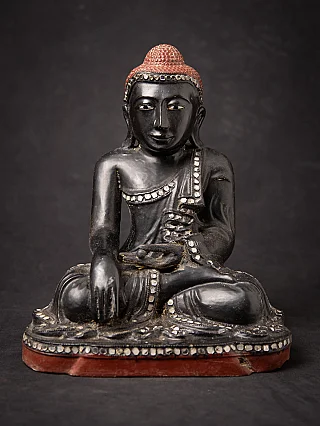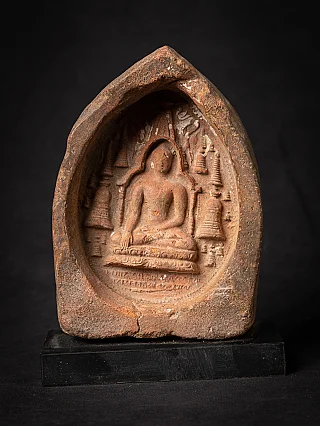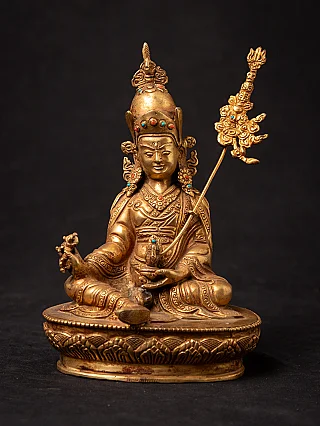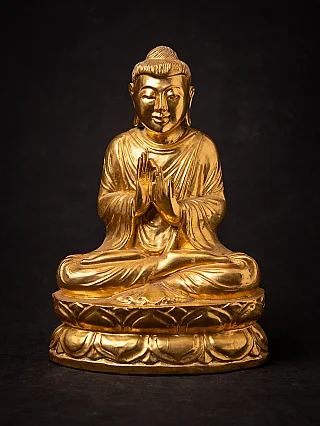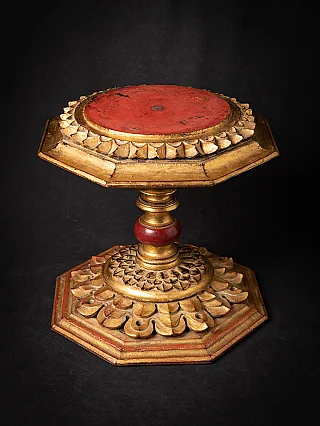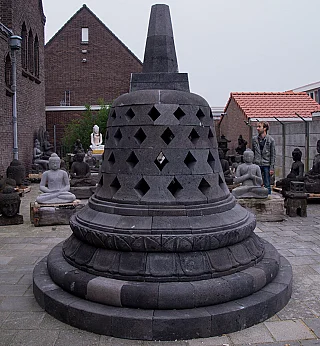Was Buddha Born in Nepal or India?
Author : Peter Vredeveld
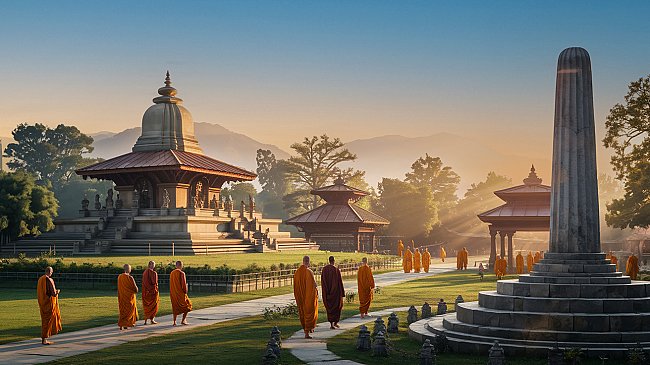
The birthplace of Siddhartha Gautama, the spiritual teacher who would become known as the Buddha, has long been the subject of academic inquiry and political contention. While most historical and archaeological evidence points to Lumbini, located in present-day Nepal, public discourse—particularly in South Asia—continues to reflect differing narratives. In the Western world, where Buddhism is often approached through the lens of spiritual curiosity or scholarly interest, this confusion is not just a matter of geography but of authenticity and cultural integrity.
Understanding where the Buddha was born is crucial for accurate historical record-keeping a nd appreciating Buddhism's deeper cultural and spiritual roots.
The History

Siddhartha Gautama was born around 563 BCE into the Shakya clan, a small but influential tribe in the Himalayan foothills. According to the earliest Buddhist texts and a wide array of historical sources, Queen Maya Devi, while traveling to her parental home, gave birth to Siddhartha in Lumbini Grove. This garden was located within the borders of the Shakya kingdom, which corresponds to the Rupandehi District of modern-day Nepal.
The earliest definitive archaeological evidence of Lumbini's sanctity was unearthed in 1896. General Khadga Shamsher Rana of Nepal and German archaeologist Alois Anton Führer discovered a stone pillar bearing inscriptions in Brahmi script. This inscription is attributed to Emperor Ashoka, the 3rd-century BCE Mauryan ruler who embraced Buddhism and traveled to key sites associated with the life of the Buddha. The pillar's inscription reads:
"Here the Buddha, the sage of the kyas, was born."
This inscription, supported by subsequent archaeological discoveries—such as the remains of a shrine beneath the Maya Devi Temple dating back to the 6th century BCE—has led historians and UNESCO to formally recognize Lumbini as the birthplace of the Buddha.
Archaeological Evidence
Beyond the Ashokan Pillar, the Lumbini site has yielded further evidence. Excavations led by the Lumbini Development Trust and international archaeologists in the early 21st century uncovered timber structures beneath the Maya Devi Temple. Radiocarbon dating places these structures in the 6th century BCE, aligning with the traditionally accepted date of the Buddha's birth. These findings were later confirmed in a 2013 report published by archaeologists Robin Coningham and Kosh Prasad Acharya, reinforcing Lumbini's status as an active spiritual site during the Buddha's lifetime.
Today's site contains ruins of ancient monasteries, a sacred Bodhi tree, and the holy pond where Queen Maya Devi is said to have bathed before giving birth. Pilgrims and scholars continue to visit Lumbini for its religious importance and role in confirming historical timelines.
The Origins of Controversy
Despite the clear archaeological consensus, the birthplace of Buddha continues to be a contentious topic. The primary reason is Nepal and India's overlapping cultural and political histories. In ancient times, the Indian subcontinent comprised numerous independent kingdoms and republics, and concepts of national borders were fluid or nonexistent.
Over time, as India emerged as a global symbol of Eastern spirituality and the birthplace of many religions, including Hinduism, Jainism, and Sikhism, some segments tended to absorb Buddhism into a broader Indian heritage narrative. This has occasionally led to inaccurate claims in popular media, educational curricula, and official tourism promotions suggesting that Buddha was born in India.
Part of this confusion also arises from the fact that many pivotal events in the Buddha's life occurred in what is now India—his enlightenment in Bodh Gaya, his first sermon in Sarnath, and his death in Kushinagar. These sites are undeniably central to Buddhism, but they should not be conflated with the location of his birth.
UNESCO Recognition and Global Acceptance
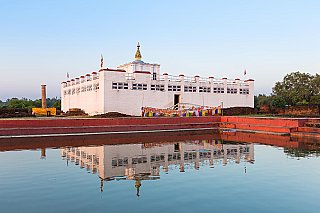
The international community has taken a definitive stance on this issue. In 1997, UNESCO officially designated Lumbini as a World Heritage Site, citing its historical and religious importance as the birthplace of Buddha. The Maya Devi Temple, the Ashokan Pillar, and surrounding monastic ruins are all part of the protected heritage area.
Additionally, the United Nations observes Vesak Day, commemorating the Buddha's birth, enlightenment, and death. Official UN documentation often references Lumbini as the site of his birth. International pilgrim routes and Buddhist tourism literature produced by countries such as Sri Lanka, Thailand, and Japan consistently affirm this origin.
Prominent scholars, including Richard Gombrich (Oxford), Heinz Bechert, and Romila Thapar, have maintained Lumbini's authenticity based on textual and archaeological evidence. This scholarly consensus spans decades of research and multiple independent studies.
Cultural Significance and Modern Implications
For Nepal, the birthplace of Buddha is not merely a historical fact; it is a point of immense national pride and cultural identity. Efforts to promote Lumbini have recently intensified through government initiatives and international partnerships. The Lumbini Development Trust has worked with global stakeholders to enhance preservation efforts and develop the site as a peaceful pilgrimage destination.
Conversely, claims that Buddha was born in India are often perceived in Nepal as cultural appropriation or even erasure. These sentiments run deep, particularly when high-profile figures or platforms with significant global reach amplify such narratives.
Understanding that this debate concerns historical accuracy, representation, dignity, and respect for heritage is essential. For many Nepalese people, reaffirming Lumbini as Buddha's birthplace is a matter of reclaiming their rightful place in global religious history.
Why It Matters
Knowing the origin of Siddhartha Gautama adds context to the entire spiritual journey for the global audience—especially those drawn to Buddhist teachings, philosophy, or aesthetics. It provides geographical, cultural, and historical grounding to the life of a figure whose teachings have shaped centuries of thought, ethics, and meditation practices.
Unlike the often commercialized spiritual sites found elsewhere, Lumbini retains a quiet, contemplative atmosphere. It is a living testimony to a birth that changed the course of human spiritual development. Visitors usually describe the site as profoundly peaceful, with a purity that aligns with the Buddha's earliest teachings.
The debate around the Buddha's birthplace may never entirely disappear, especially in politically charged environments. However, the archaeological, historical, and international consensus offers a clear and compelling answer: Siddhartha Gautama, the Buddha, was born in Lumbini, Nepal. That truth is etched in stone, preserved in scripture, and honored by Buddhists worldwide.
For those seeking to understand Buddhism in its whole form, there is no better place to begin than at the site where the journey began.
Share this page

















